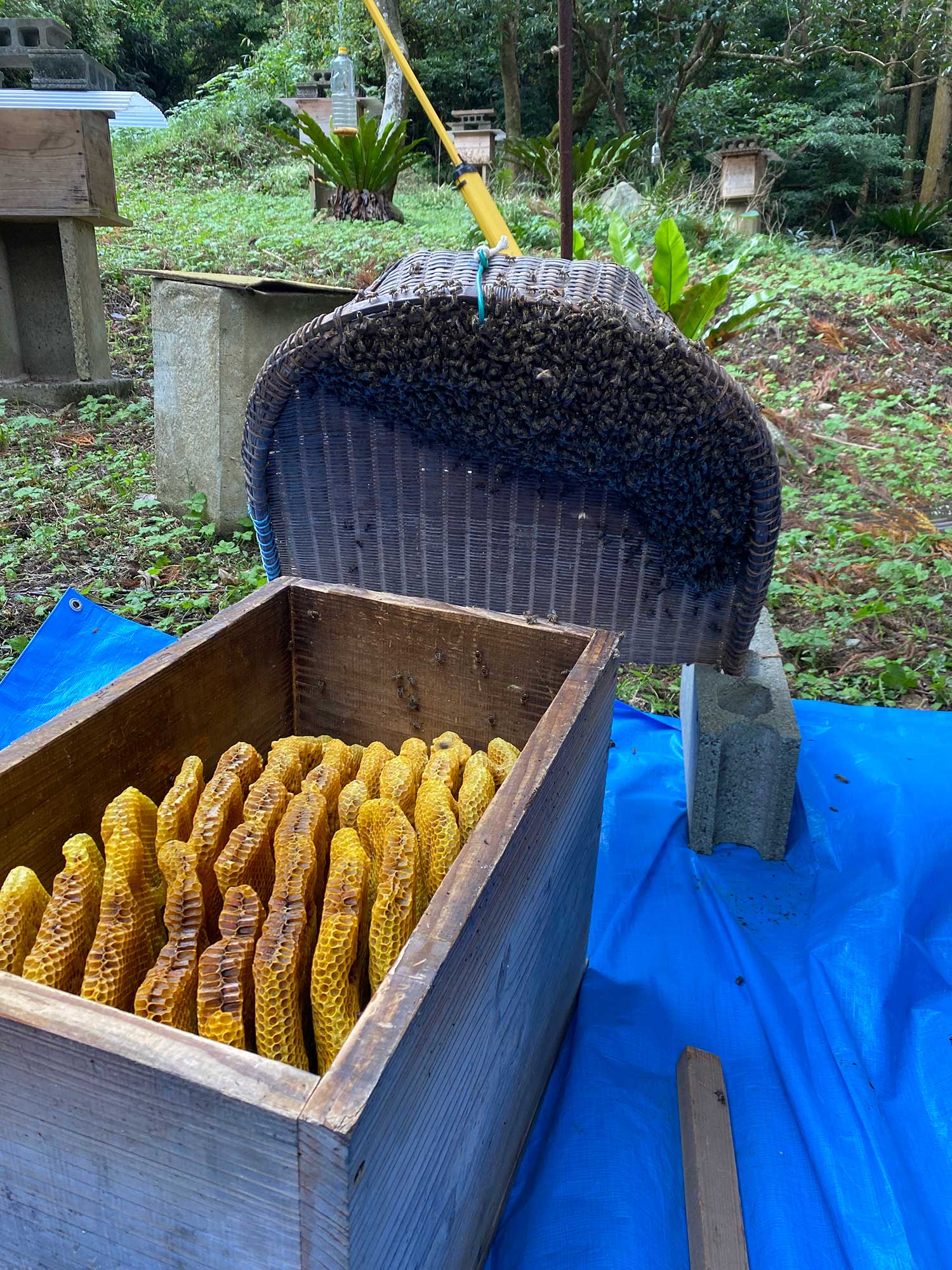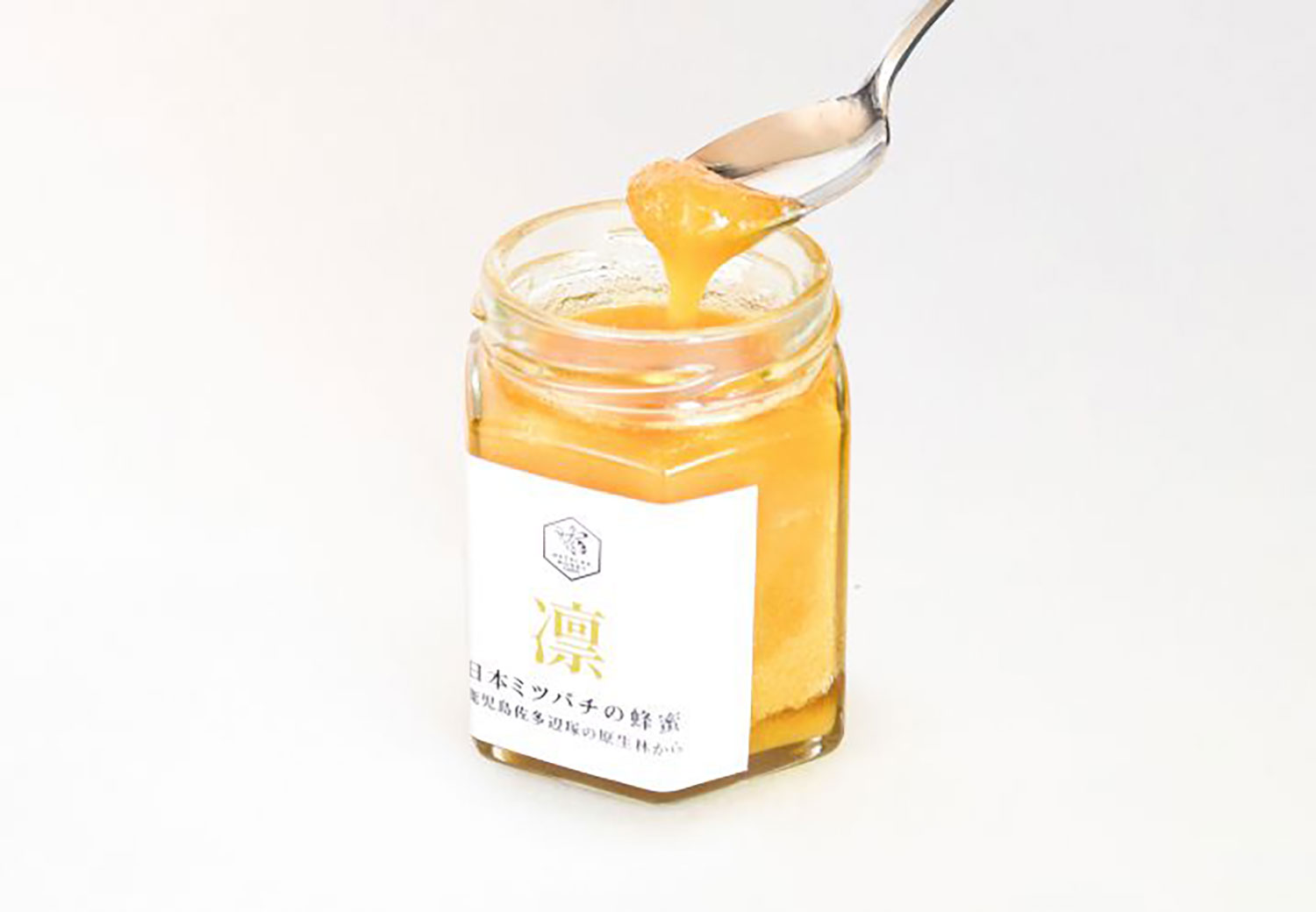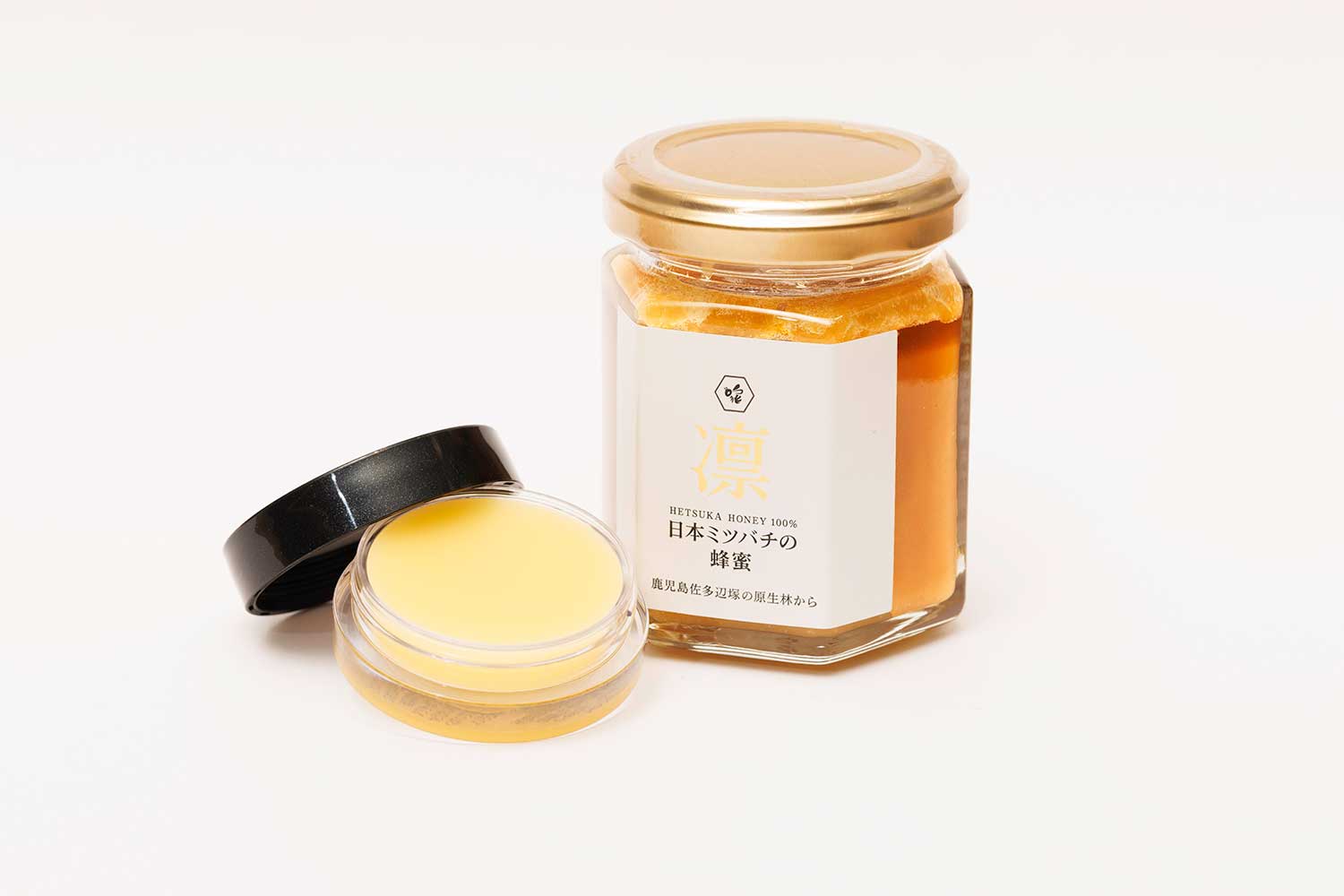
Forest

Tradition

Ecosystem
Utilizing an Airport as a Base to Sell Rare Honey with Added Value
Creating a brand that turns high-quality honey from depopulated areas into the "next-generation treasure of Japan" while returning fair profits to producers
Haneda Future Research Institute Incorporated
(Kagoshima Prefecture)
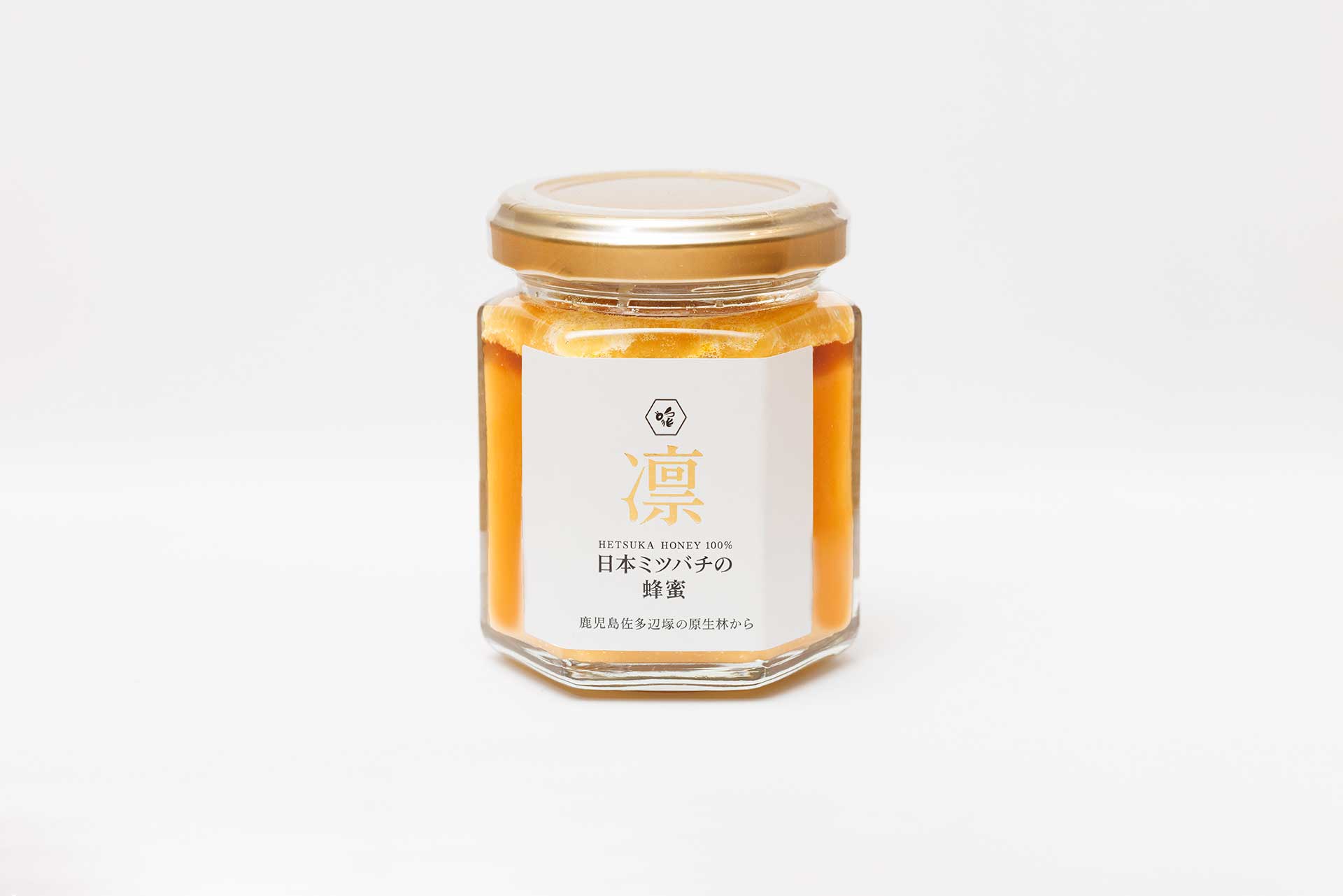
Overview
Over 90% of the honey distributed in Japan comes from Western honeybees, with less than 10% sourced from Japanese honeybees. Among these rare Japanese honeybee varieties, one stands out: the honey harvested from the Satahetsuka area in Minamiosumi Town in Kagoshima Prefecture, located at the southernmost tip of the Japanese mainland. Satahetsuka, a remote settlement with a population of only 115 people (as of 2024), is nestled along the Pacific coast, surrounded by pristine evergreen broadleaf forests rich in various medicinal herbs, endemic orchids, and unique citrus fruits. Honey produced through natural beekeeping from these diverse floral sources, known as “multifloral honey,” is characterized by its refreshing aroma, slight sour flavor, clean sweetness, and smooth texture.
Previously sold locally at low prices, the honey is now marketed under the brand name “Rin” and is sold primarily at shops at Haneda Airport, Japan’s largest airport, for ¥10,800 per 120-gram bottle. The branding initiative was spearheaded by the Haneda Future Research Institute Incorporated, a think tank focused on regional revitalization and new business development based at the airport. While Rin honey commands a premium price domestically, the institute determined pricing not only based on rarity and excellent taste but also aimed at adding value and ensuring that the tradition of natural beekeeping in Satahetsuka is sustained for future generations.
Successful outcomes
- The "Rin" honey brand sold out its limited production of 700 units in its first year (2022).
- The Haneda Future Research Institute Incorporated purchases the raw honey, which serves as the primary ingredient for Rin, at approximately three times the price that it was previously sold for locally.
- As the second product under the Rin brand, a multi-balm made from beeswax extracted from previously discarded honeycombs was introduced, priced at ¥4,950, with a limited release of 100 containers.
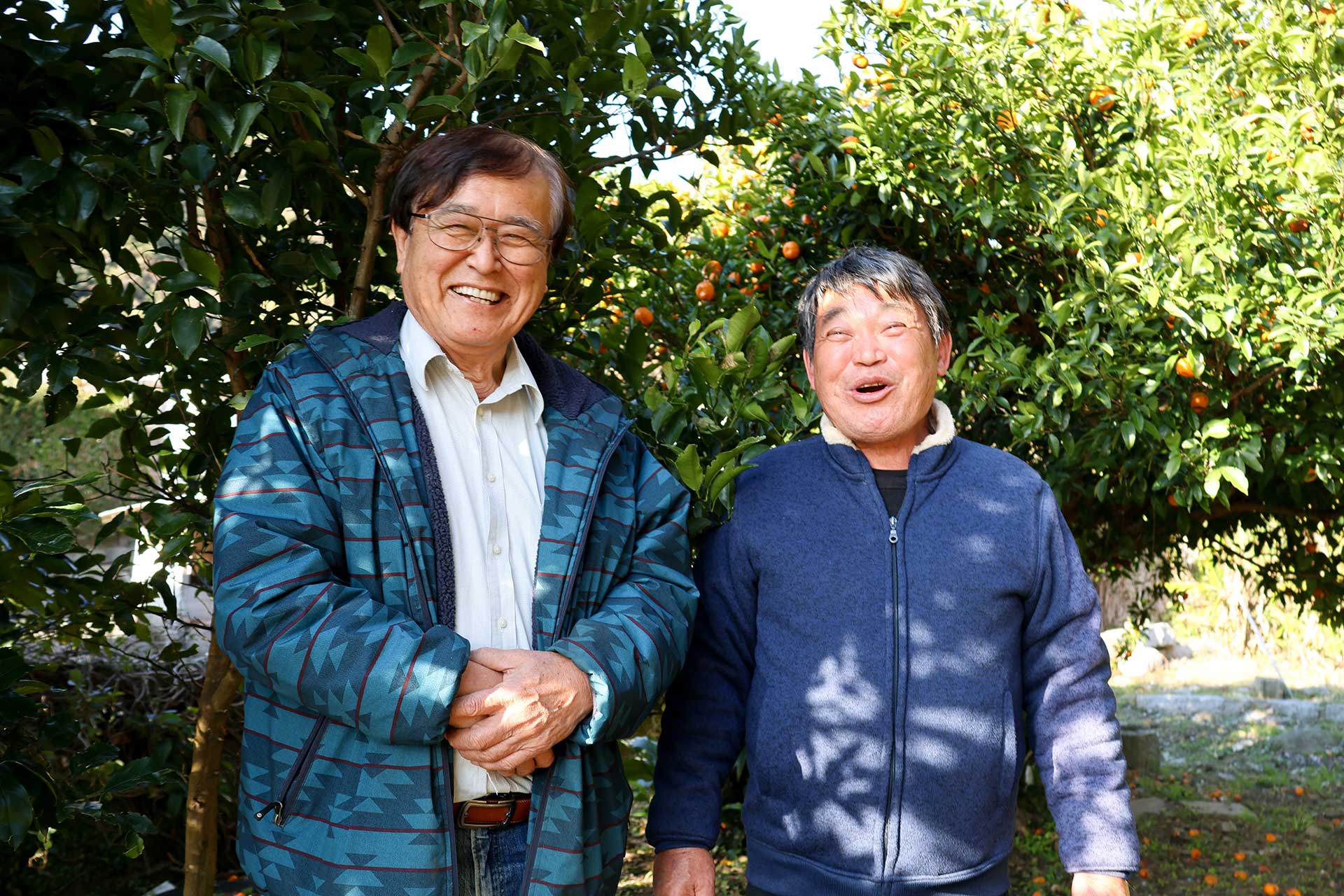
Optimization over maximization: Working on regional revitalization that fits the local community
Driving through untouched primeval forest, visitors can eventually reach the vast, clear blue Pacific Ocean, as seen from Hetsuka district of Osumi Peninsula. Mr. Takashi HIGO is a guide here, involved in wholesaling agricultural products in Minamiosumi Town. Mr. HIGO was the one who noticed the rare value of the honey from the Hetsuka district and created the opportunity for Hetsuka’s honey to be known to the world. Currently, he is engaged in wholesale distribution.
In January, various citrus fruits in yellow and orange colors bear fruit in Hetsuka. Also, Mr. Yasuo KUMANOHOSO, who has been harvesting honey from Japanese honeybees here for about 40 years, comments: “Untouched nature remains here. I think this richness of nature is suitable for the delicate nature of Japanese honeybees. Rather than being a beekeeper, I raise Japanese honeybees in a way that matches nature. The harvested honey is not heat-treated and is naturally filtered by dripping the honey. I want to preserve the nature of Hetsuka for future generations.”

Here, honey collection takes place once a year, traditionally in mid-November. Ms. Yumiko ICHIKAWA from the Regional Revitalization Business Department of Haneda Future Research Institute Incorporated was deeply moved by Mr. KUMANOHOSO’s honey harvesting process, which involves meticulous manual work and interactions with the bees. She stated: “I was incredibly moved by the loving care he showed while working with the bees, engaging in conversation with them one by one. It was from this dignified presence that the brand name ‘Rin’ was born.” Rin means “dignified” in Japanese.
The institute recognized the unique and overwhelming superiority of the honey produced from plants that grow only in Hetsuka and the skilled beekeeping techniques employed there, leading to the decision to commercialize the product. Additionally, the institute predicted an increase in demand for honey due to heightened health consciousness among people following the COVID-19 pandemic.
Thus, the branding strategy emerged as a means to expand the market for the limited quantity of honey produced in Hetsuka while preserving the region’s nature and the wisdom and skills of the honey harvesters. The strategy aimed at “optimization rather than maximization, expanding business extensively.” By narrowing down the target audience and capitalizing on the limited harvest volume, the institute targeted an intellectually affluent demographic with high interest in health and beauty, marketing the honey as a limited-edition product.

The method of selling Rin at Haneda Airport in Tokyo where people from Japan and overseas are coming & going, and through the online store while telling the story behind the product and the value it offers, was a great success. In the first year, the institute sold all 700 jars of honey produced. However, in the second year, the amount of honey collected dropped significantly. This is due to the nature of natural beekeeping, where the honey production of Japanese honeybees is generally lower than that of Western honeybees and where the instability in volume is another issue caused by the delicate nature of Japanese honeybees, which tend to disperse as a group. As a method of extensive expansion, the institute developed and released a balm using a byproduct: beeswax.
Ms. ICHIKAWA expresses: “The honey from Hetsuka is a treasure for the next generation of Japan. To be involved in regional revitalization means to actively contribute to the actual growth of the community, the development of businesses, and to ensure that this momentum is sustained. In terms of Rin, I hope that there will be individuals who want to carry on this business and continue its legacy.”
"Rin" honey
Haneda Future Research Institute Incorporated
https://www.haneda-the-future.com/project/nihonmitsubachi_hachimitsu/



